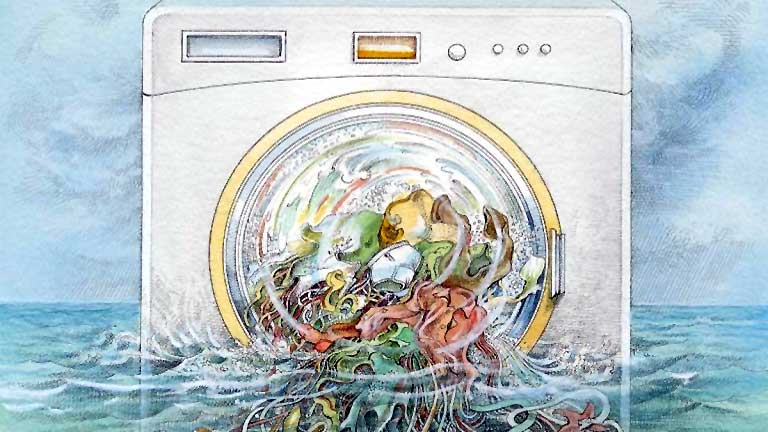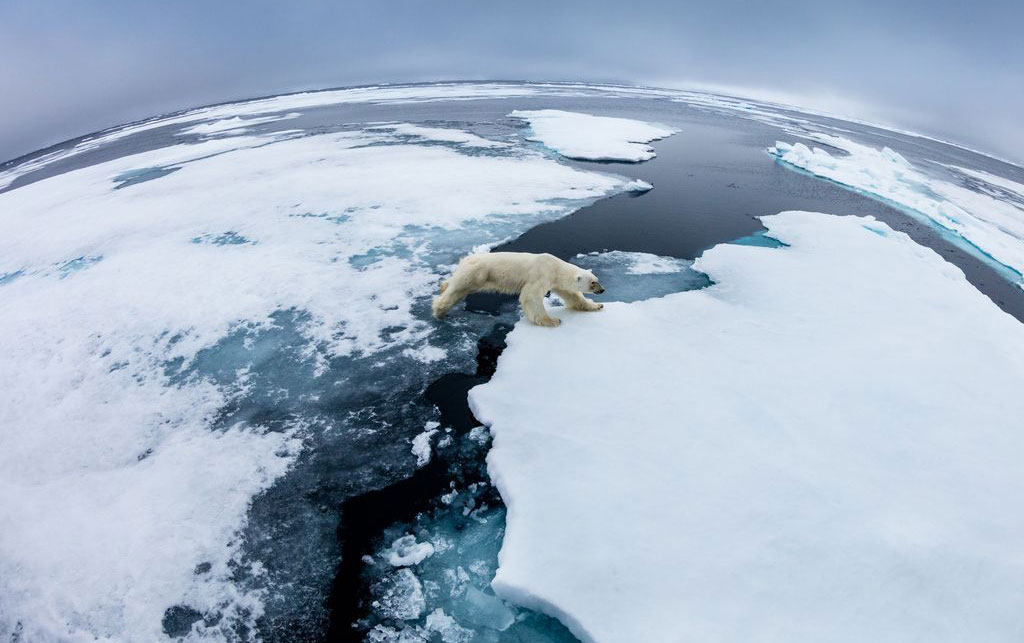
Microplastics represent one of the biggest environmental challenges of our time. Plastics are used in everything from packaging to cosmetics and car tyres, and can even be found in the paint used to make road markings. The term ‘microplastic’ refers to any piece of plastic that is less than 5mm in length, and these are often created when larger plastic products break down.
These tiny particles are very difficult to remove from the environment. Worse, they can make their way into our food, drinking water, and even the air we breathe. Microplastic pollution in the ocean has already reached a staggering scale – around 12 million tonnes of plastic enter the world’s oceans each year. It is vital that we act now to prevent the problem from getting worse.
Laundry is one of the biggest sources of microplastics in the ocean. Thankfully, it is also an area where solutions exist, and by taking simple steps and making small changes to our behaviours, we can start to tackle microplastic pollution. Here, the experts at Lanes Group detail how laundry causes microplastic pollution and explain what individuals can do to stop contributing to the problem.
How does laundry release microplastics?
There is so much plastic in the ocean that we might never be able to remove all of it, and a staggering percentage of this is contributed by laundry. It is estimated that there are more than 24.4 trillion microplastic pieces floating in the upper ocean alone, and researchers believe that up to 35% of these originate from laundry. Meanwhile, more than 70% of plastic found on the ocean floor (up to 15.86 million tons in total) is thought to come from the same source. Despite this, many people are not aware that there is plastic waste in their laundry at all.
The problem starts with the fact that many of the most common textiles used to make clothes are now plastic-based – this includes polyester, nylon and others. When these garments are washed, they release plastic fibres – up to 700,000 microfibres per load – into the water. These fibres are washed into your drainage system by the wastewater from your washing machine and are carried to wastewater treatment facilities.
Fortunately, research suggests that treatment processes are successful at removing 94% of microplastics from wastewater, and up to 99.9% from drinking water. However, the large amount of plastic carried in laundry water means that if even a fraction of the total remains in treated water when it is released into the environment, the problem of plastic pollution will continue to worsen.
How can we prevent microplastics from entering the ocean?
There are important steps that governments, businesses, and individuals should take to combat the impact of plastic pollution and reduce their contribution to the challenge. At Lanes Group, we launched our Microplastics Out of Our Drains (MOOD) campaign to urge governments and businesses to take action, as the bulk of the responsibility lies with these stakeholders.
To fight back against microplastics, we are calling for washing machine manufacturers to install microplastic filters in their devices. This would significantly reduce the number of plastic particles that enter the drainage system, and lower the risk that they will flow into the ocean. We are also campaigning for governments to implement new legislation that would enforce this requirement.
Until these changes are made, there are still actions that we can all take on a personal level to slow the spread of microplastics. It might seem that the most obvious way to help is to buy and wear clothes containing only natural fibres or materials. While this can definitely prevent your laundry from releasing microplastics, it can also be impractical, expensive, and difficult.
An easier and more cost-effective option is to buy a microplastic catcher for your washing machine. This is a bag into which you put your laundry load – it prevents plastic microfibres from dislodging during the wash, and captures them inside to stop them from flowing into the drainage system. You can also purchase a microplastic filter and have it fitted in your washing machine yourself, rather than waiting for these devices to be installed by manufacturers as standard.
There are other simple ways that you can make an impact, including two simple changes you can make immediately that can help you to save money, as well as reduce microplastic pollution. The first is to wait until you have enough laundry for a full load before running a cycle; this means that you will use your washing machine less often and potentially save money as a result. The other option is to use less water per cycle, which will also save money and reduce the abrasion within the washing machine that causes your clothes to shed microfibres.
While we wait for washing machine manufacturers to take responsibility and implement microplastic filters as standard, and for governments to take stronger action to measure and reduce the impact of this environmental crisis, following these simple steps is the best way for all of us to make a difference and prevent the further growth of microplastic pollution.




